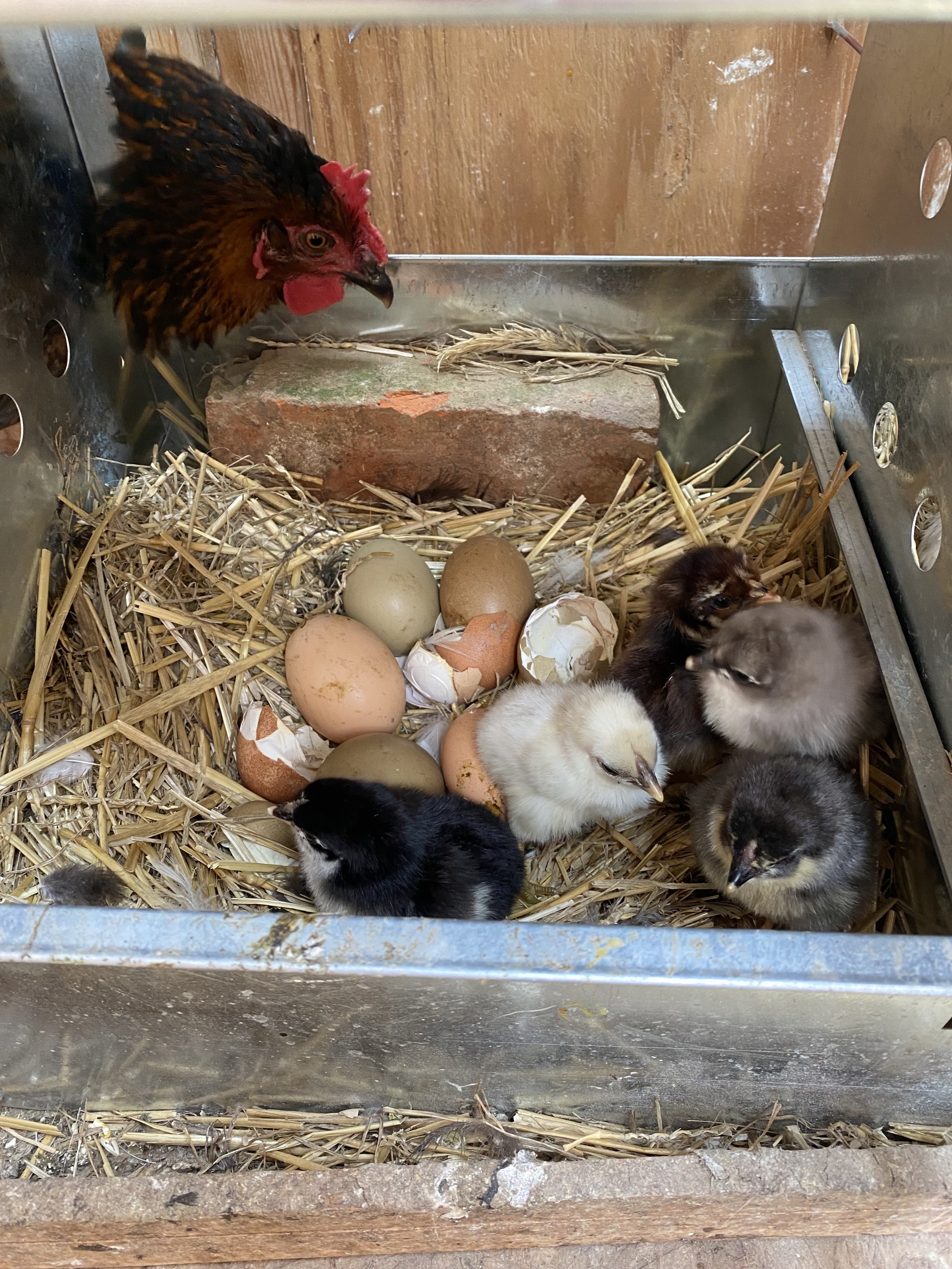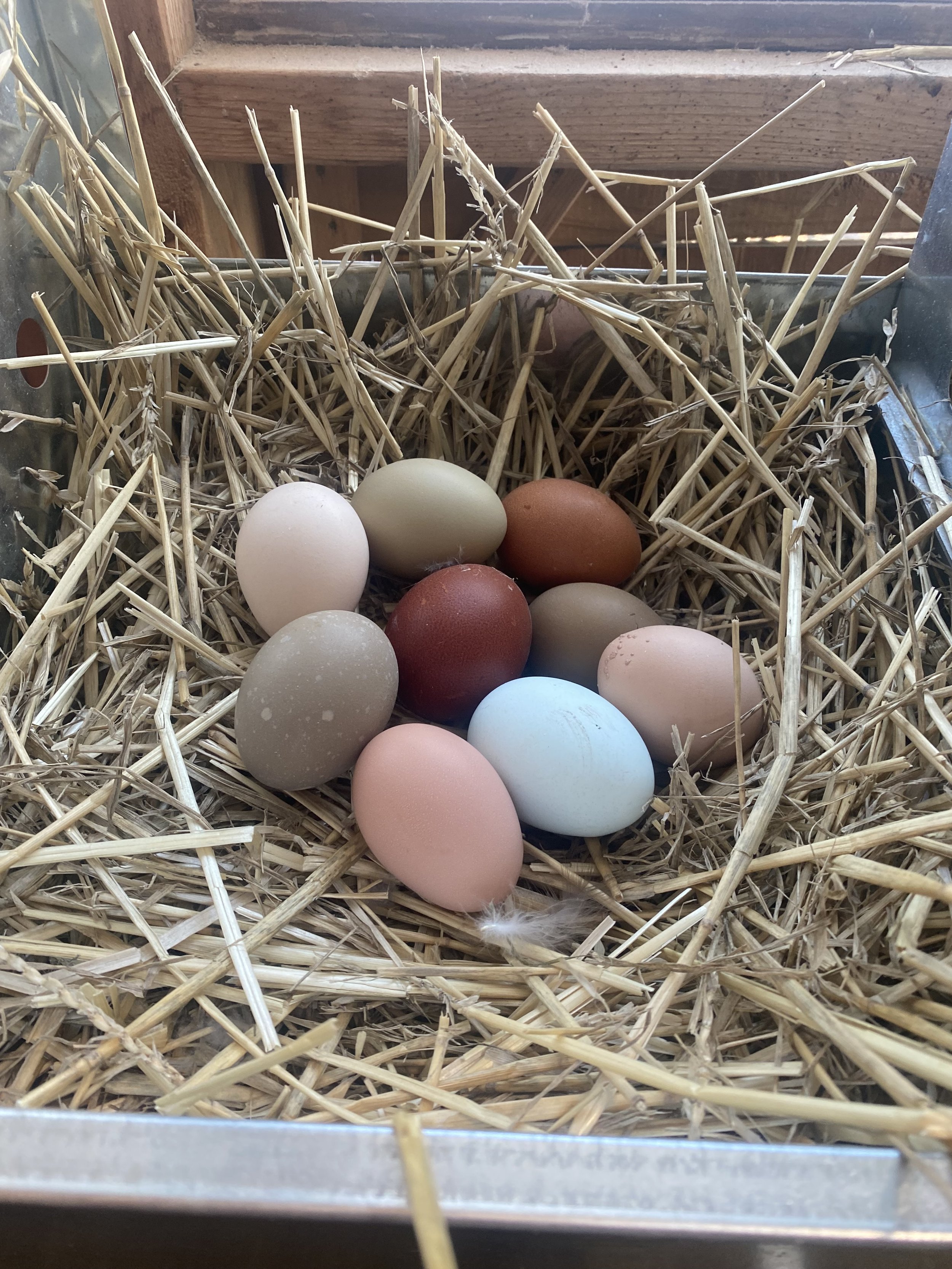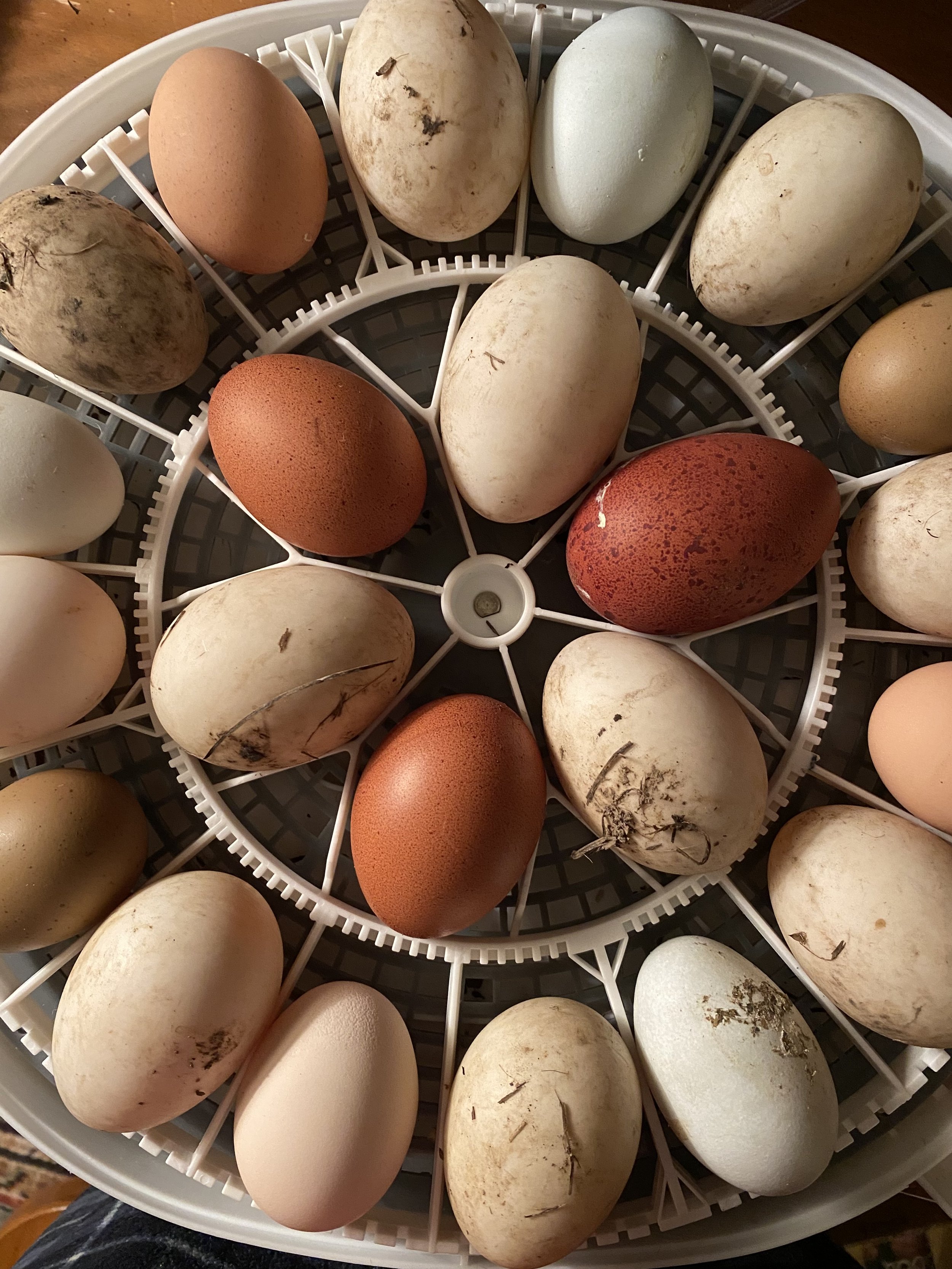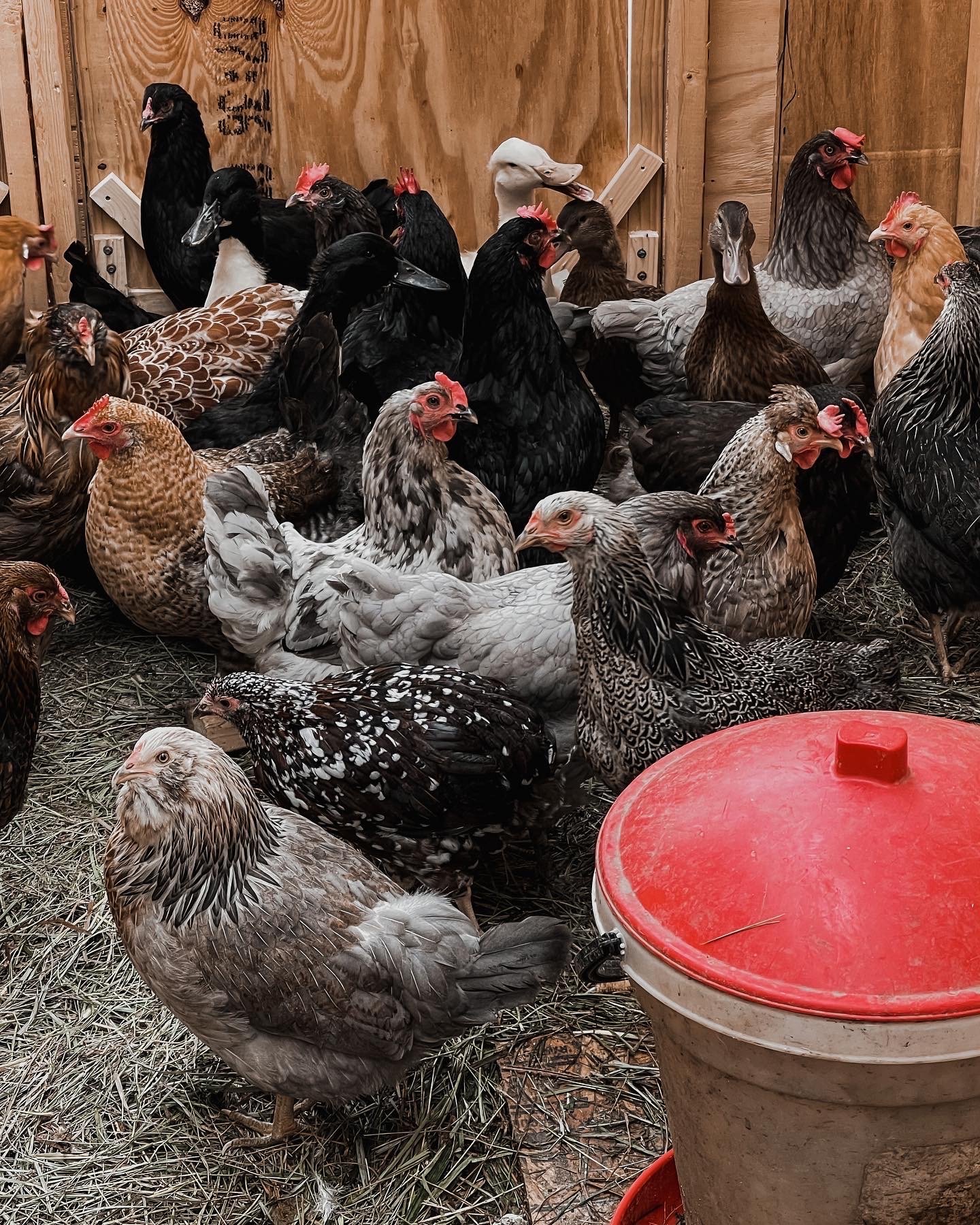How to Start a Backyard Flock
By - Emma Rauschert
It’s about that time of year when you go into Farm King and see the cutest little fluff balls you’ve ever seen. And if you’re anything like me, you can’t resist taking a couple or ten. It can’t be that hard, right? What came first? The chicken coop or the chicken? In my experience, I usually buy the chickens first and figure it out when I get home. However, that isn’t always best for the chicken or you. Having a setup and knowing about raising chickens will make your adventure successful. And before you even get chicks, make sure you have a large chicken coop your chicks can move to when they are big.
What kind of birds do you want? Probably the cutest ones! There are so many unique varieties of chicks. Rhode Island Red and Barred Plymouth Rock are the best options if you are looking for good egg production. If you are looking for unique colored eggs, Ameraucanas lay blue eggs, Olive Eggers (a cross between two breeds) lay green eggs, and Black Copper Marans lay those beautiful dark brown eggs. If you want adorable chicks, get Silkies. Whatever you get, get at least a couple. Chickens are flock birds, and it would be cruel to get only one. Use this as an excuse to get at least a few.
You may have heard the term brooder before. A brooder is a heated area for raising certain baby animals. The brooder is typically just a temporary place to keep your chicks while they are young and fragile. A brooder can be kept in a garage, sunroom, or basement. A brooder should contain a heat source, a feeder filled with starter feed, and a waterer full of fresh, clean water and bedding. The brooder should be in a warm place with no drafts. Your brooder is different from a chicken coop. If you already have chickens, new chicks need to be kept away from older chickens because adult chickens might kill the chicks or injure them. A couple of good options for a brooder are a kitty pool, a galvanized stock tank, a plastic stock tank, or a homemade wooden box. I recommend a stock tank because it will be easier to clean. Wherever you choose to keep your brooder, remember it will smell after a while, and the bedding will need to be changed frequently.
When assembling your brooder, the first thing you want to do is secure an adequate heat source. Chicks can’t regulate their own temperature and must be around a temperature of 90-95 degrees Fahrenheit for the first couple of weeks. Red heat bulbs work well, and the color of red helps reduce chicks pecking at each other. A 250-watt heat bulb will work great for the brooder. Hang the heat bulb 18 inches above the brooder floor. Heat bulbs can be DANGEROUS if not hung properly or are too close to the bedding. Use caution when hanging up your heat source. Your heat lamp will need to be on 24 hrs per day to keep the chicks warm.. A good rule of thumb is that if they are huddled under the lamp, your chicks are cold. They are too hot if they are scattered at the edges of your brooder away from the heat source.
There are many different options for bedding in a brooder. Hay, straw, wood pellets, this newspaper, shredded paper, hemp, and coarse grain sand. They all have pros and cons. Whatever you use, don’t use something that is really dusty, like sawdust, because it can get in your chick’s respiratory system and make them sick or die. Cedar shavings have an oil in them that can harm the chicks. I have personally used aspen shavings, straw, and newspapers. Shredded paper is arguably the best option for brooder bedding. Cover the floor of your brooder in one to three inches of bedding. Just make sure you change out your bedding occasionally to make sure it is dry and clean. You can also put a feather duster in the brooder with the chicks. The duster’s feathers resemble a hen’s, and the little chicks will take comfort in it.
Your baby chicks should always have access to clean water. The water should be low to the ground so the chicks can reach it while standing. When you first get your chicks, gently tip their beaks into the water so they know where it is. You can put electrolyte packs in their water to boost the chicks. Clean out the water every few days or every time you refill it. Chicks should always have access to food as well. Chicks need an 18% protein commercial chick starter. If you are raising meat birds, you will want a 22% protein chick starter. You can buy a good waterer, feeder, and feed in a farm store.
Chicks in their brooder should be checked twice a day. Be sure they have water and food and aren’t too hot or cold. Your chicks should stay in the brooder for 4 to 8 weeks. At four weeks old, they can be introduced to the outdoors gradually. When your chicks reach 8 weeks old, they can be introduced to the coop or outside as long as temperatures are above 70 degrees Fahrenheit. Your hens will not lay until 18 weeks of age, so be patient! There is nothing more exciting than getting your first egg!




